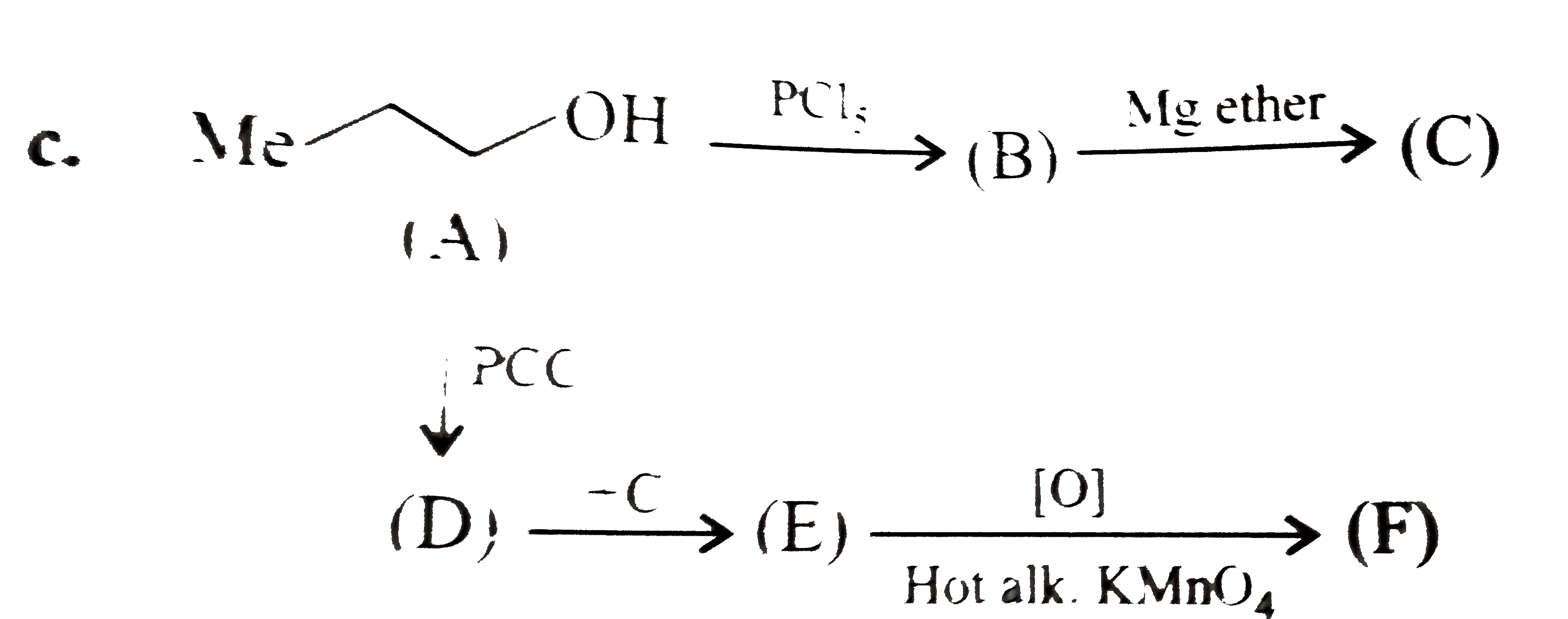If U={a,b,c,d,e,f,g,h}, find the complements of the following sets :(i) A={a,b,c} (ii) B={d,e,f,g] (iii) C={a,c,e,g} (iv) D={f,g,h,a)
The correct Answer is:(i) {d,e,f,h}
(ii) {a,b,c,h}
(iii) {b,d,f,g,h}
(iv) {b,c,d,e}.
Step by step video, text & image solution for If U = {a , b , c , d , e , f, g, h}, find the complements of the following sets :(i) A = {a , b , c} (ii) B = {d , e , f, g] (iii) C = {a , c , e , g} (iv) D = {f, g, h , a) by Maths experts to help you in doubts & scoring excellent marks in Class 11 exams.
Updated on:21/07/2023Topper's Solved these Questions
- SETS BOOK - MODERN PUBLICATIONCHAPTER - SETS EXERCISE - EXERCISE 1 (e ) (Short Answer Type Questions)
7 Videos
- SETS BOOK - MODERN PUBLICATIONCHAPTER - SETS EXERCISE - EXERCISE 1 (e ) (Long Answer Type Questions - I)
13 Videos
- SETS BOOK - MODERN PUBLICATIONCHAPTER - SETS EXERCISE - EXERCISE 1 (c ) (Short Answer Type Questions)
13 Videos
- SEQUENCES AND SERIESBOOK - MODERN PUBLICATIONCHAPTER - SEQUENCES AND SERIESEXERCISE - CHAPTER TEST
12 Videos
- STATISTICSBOOK - MODERN PUBLICATIONCHAPTER - STATISTICSEXERCISE - Chapter Test
7 Videos
Similar Questions
Knowledge Check
If A={a,b,c,e,f},B={c,d,e,g}andC={b,c,f,g}. Then, A−(B∩C) is equal to
A{a,b,d,e}B{a,b,e,f}CϕDNone of these
Complete the following reactions:
a.
b.
c.
d.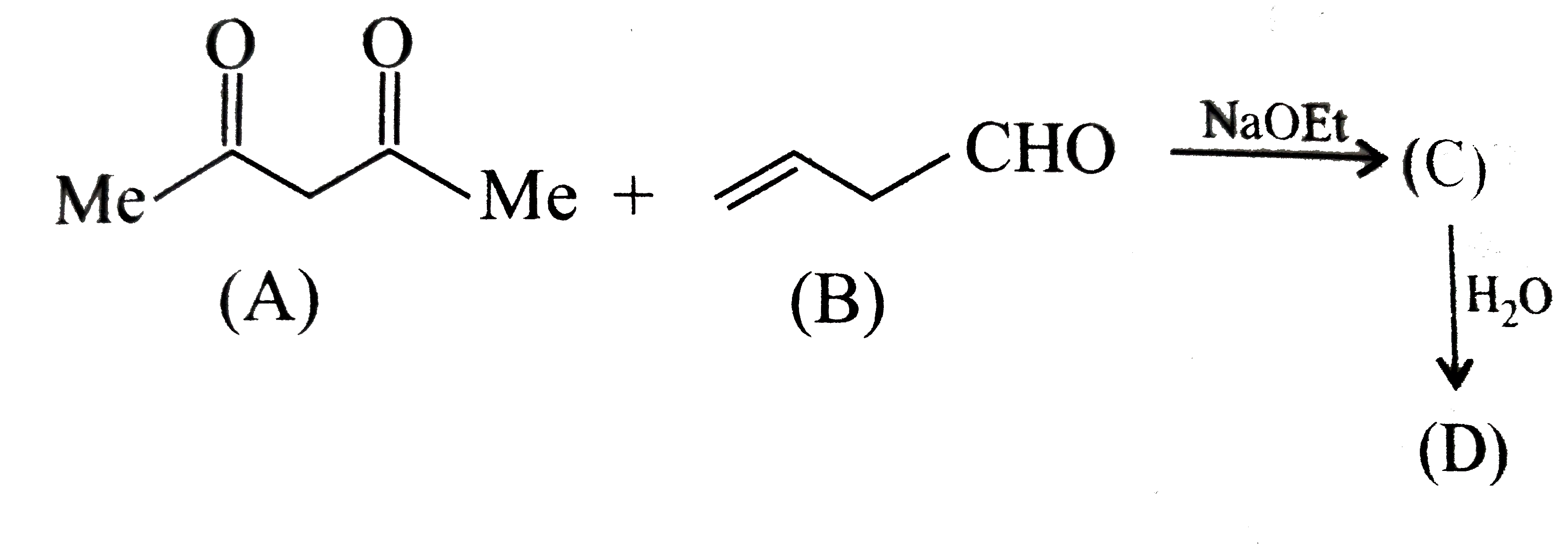
e.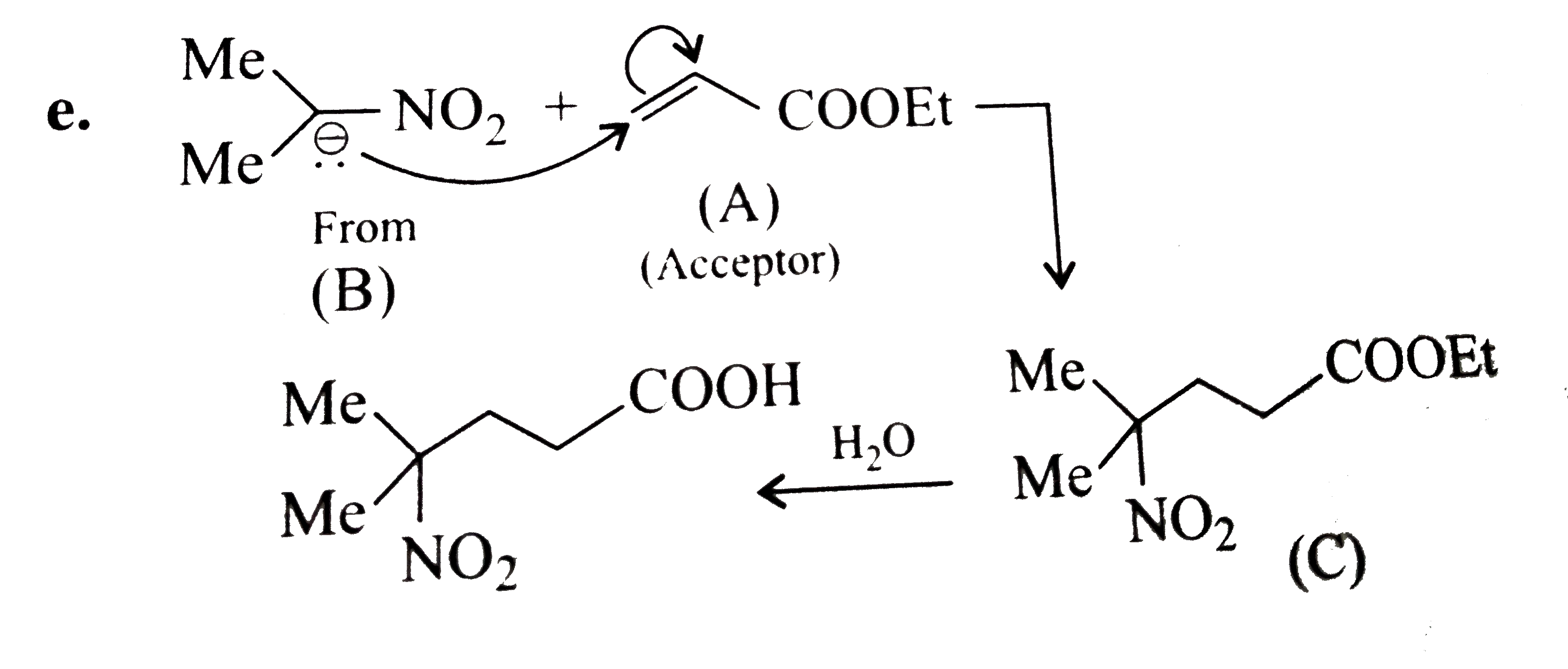
f.
g.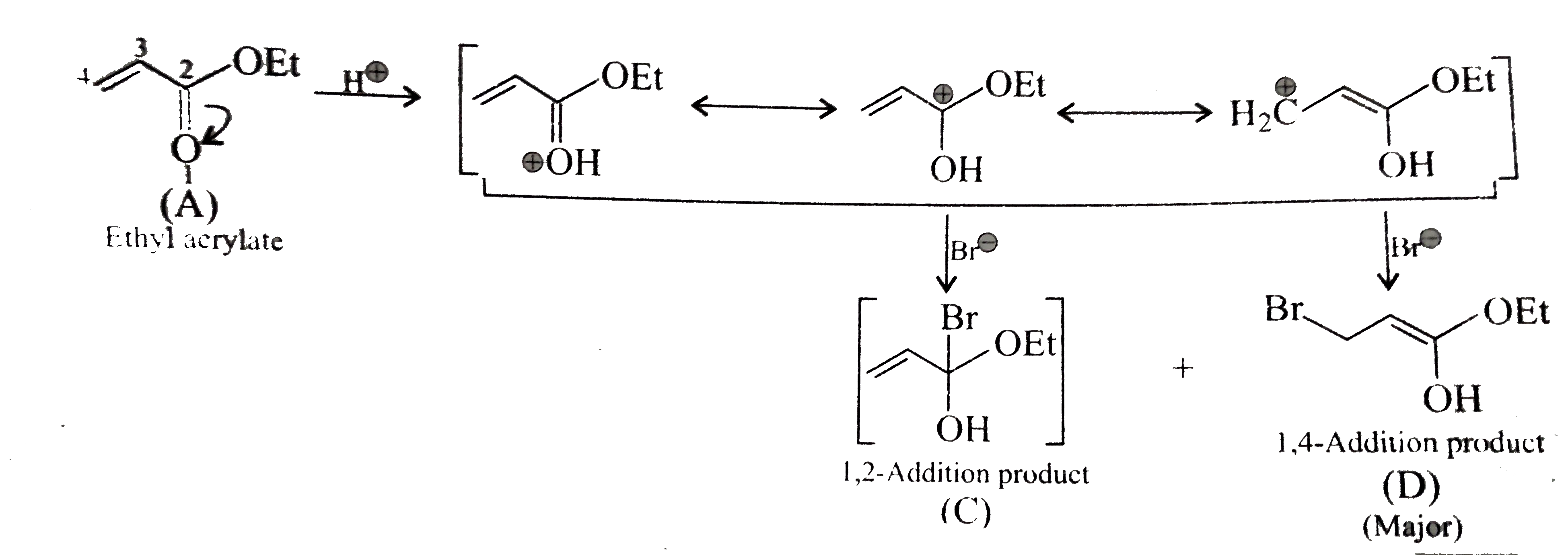
View SolutionFind the values of A,B,C,D,E,F,G in the following
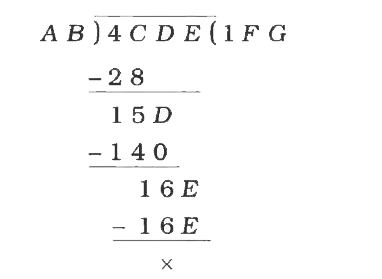
View SolutionComplete the following reactions:
a.
b.
c.
d.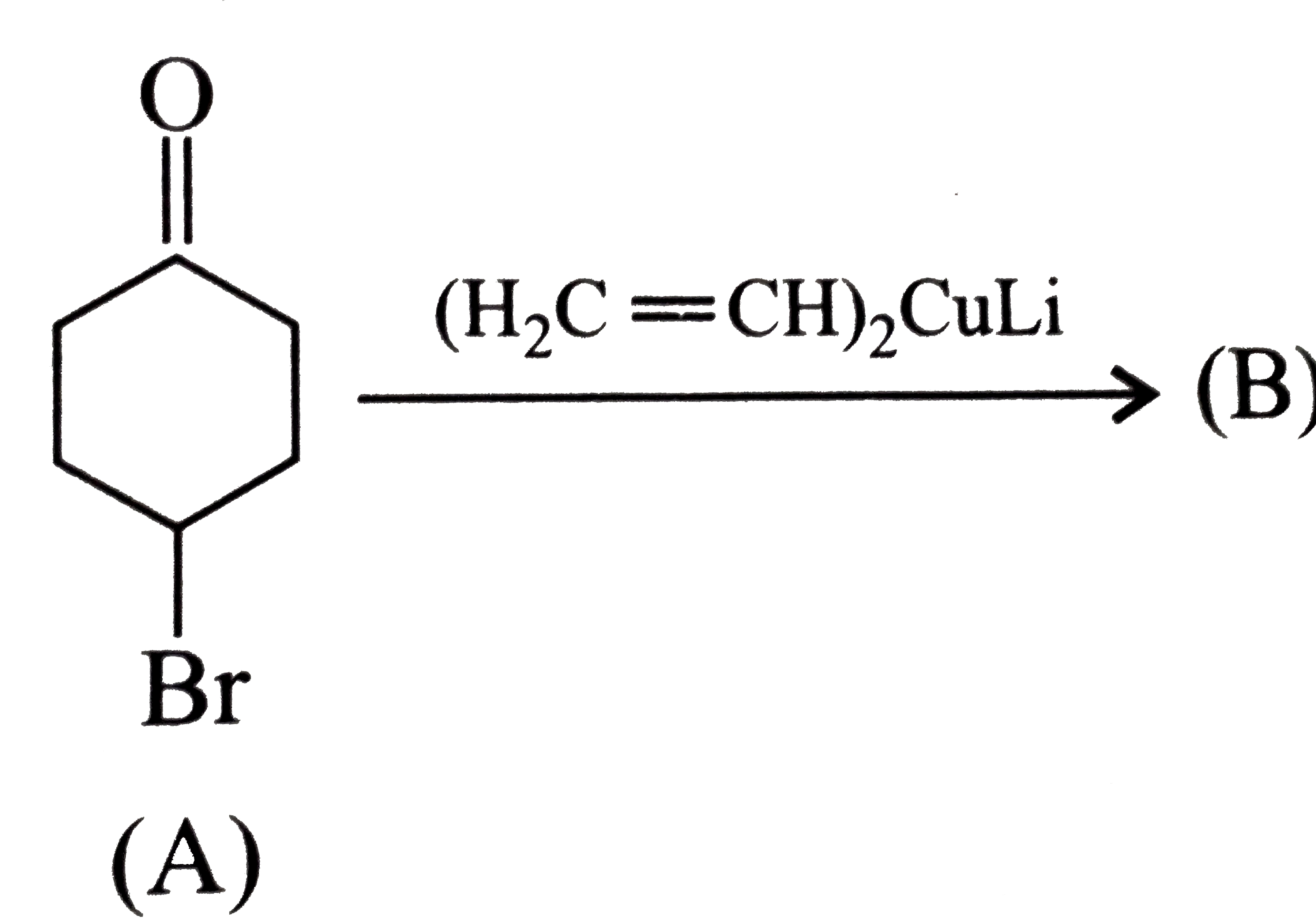
e.
f.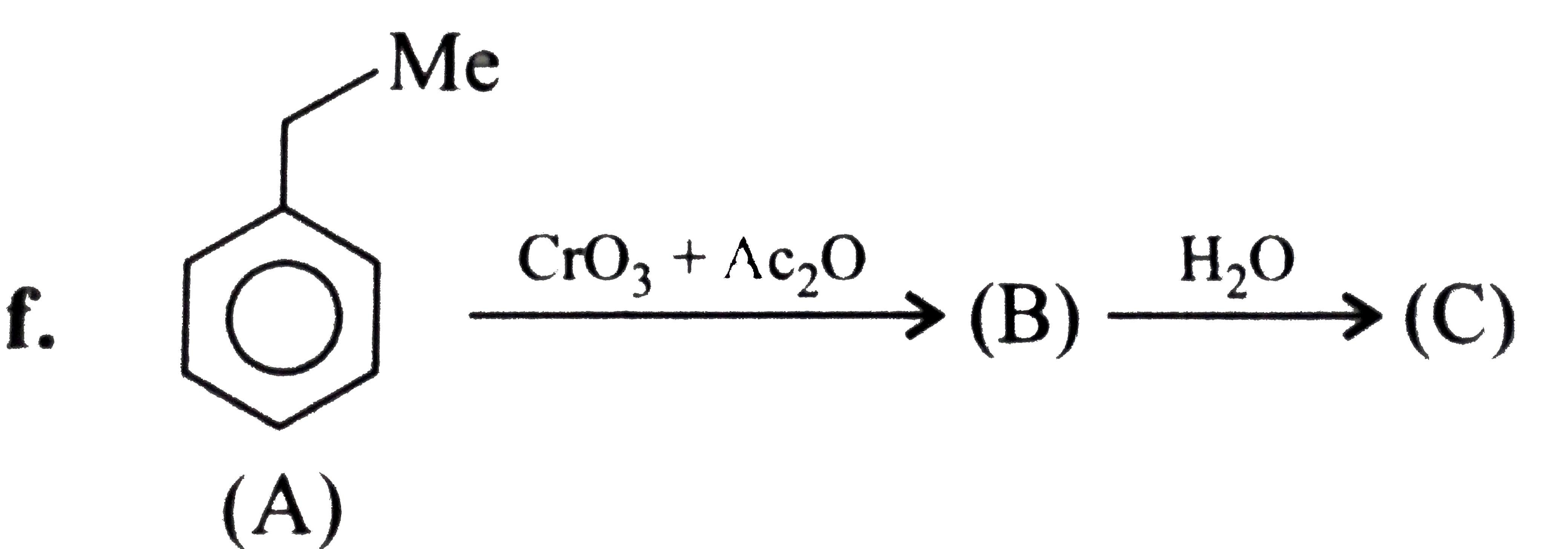
g.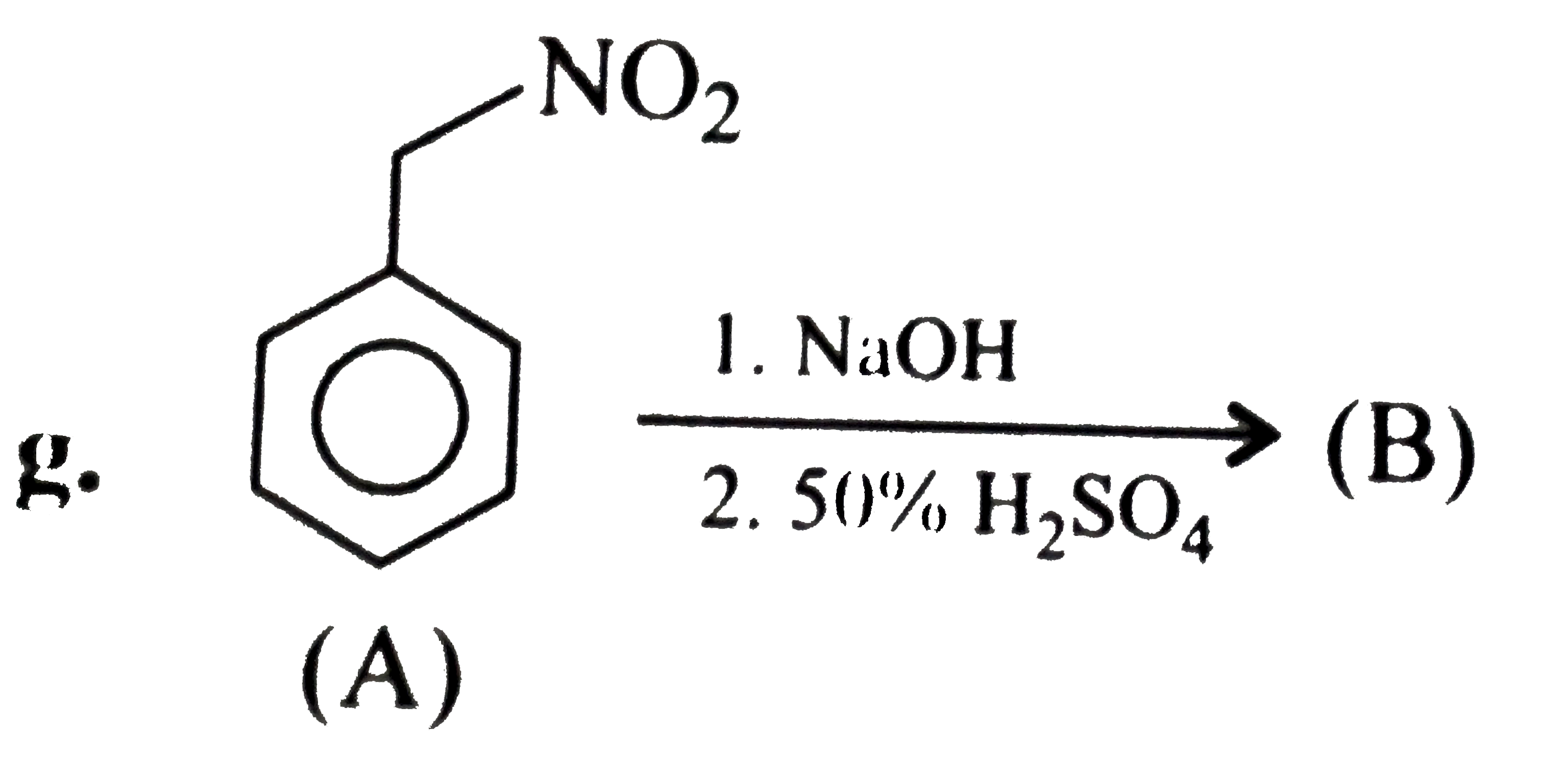
h.
i.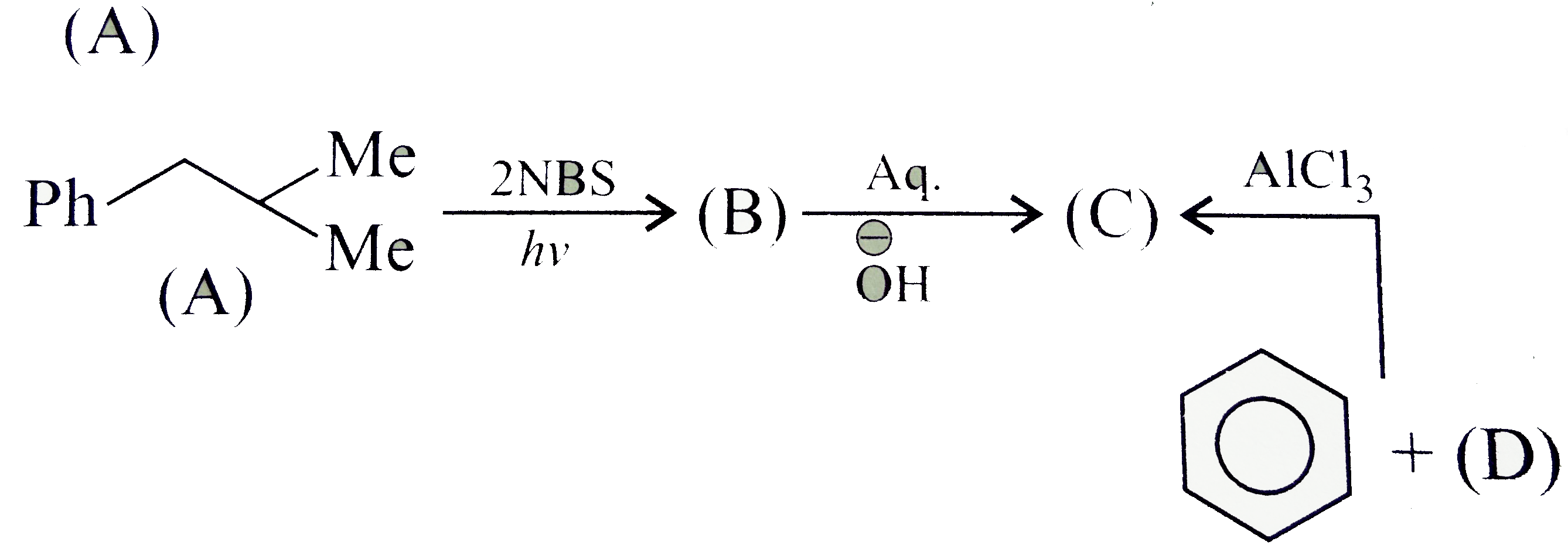
View SolutionLet A={a,b,c,d,e,f}, B={c,d,e,g} and C ={b,c,f,g} be subsets of the set U={a,b,c,d,e,f,g,h}. Draw Venn diagrams to represent the following sets: (i) A∩B (ii)A∪(B∩C) (iiI) A−B (iv) B−A (v) A−(B∩C) (vi) (B−C)∪(C−B)
View SolutionWhich of the following show G.I.?
a.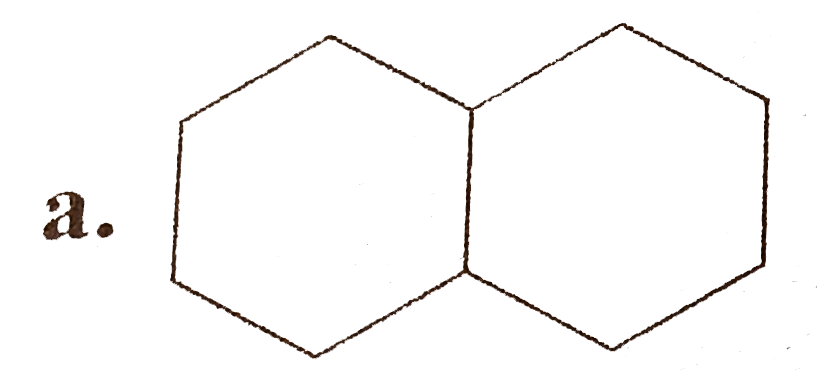
b.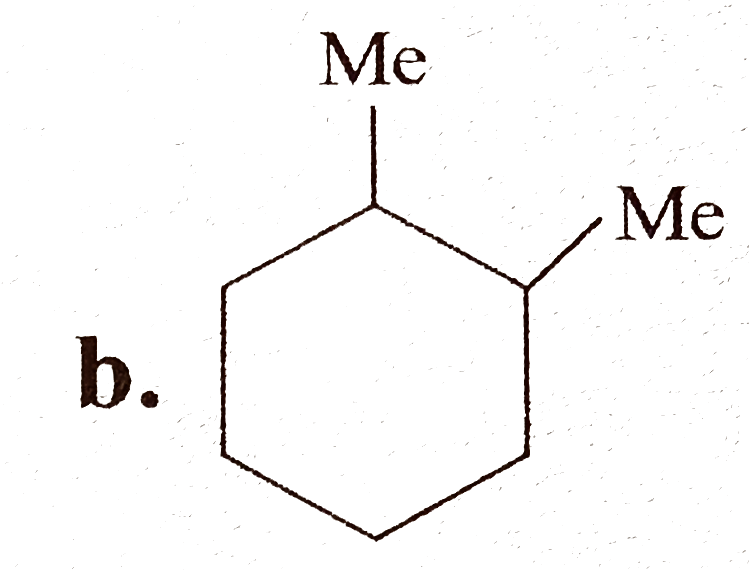
c.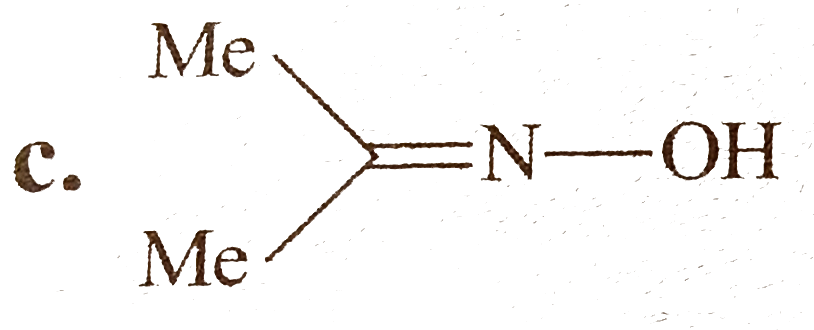
d.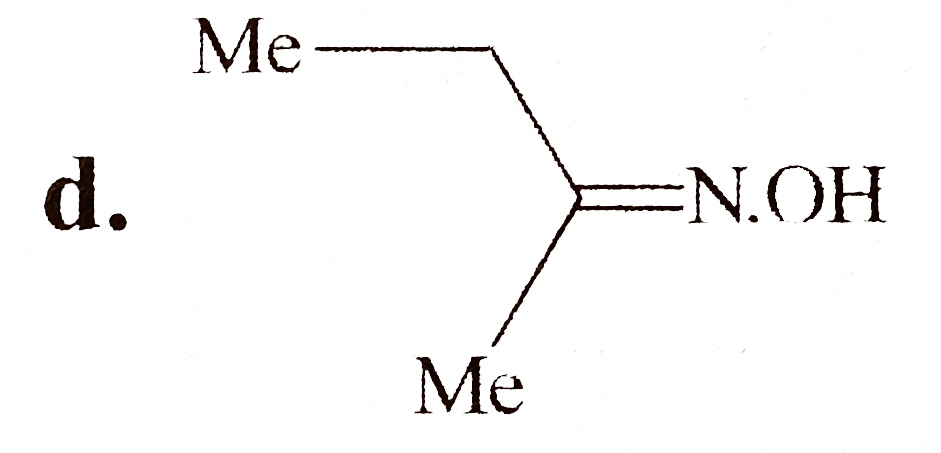
e.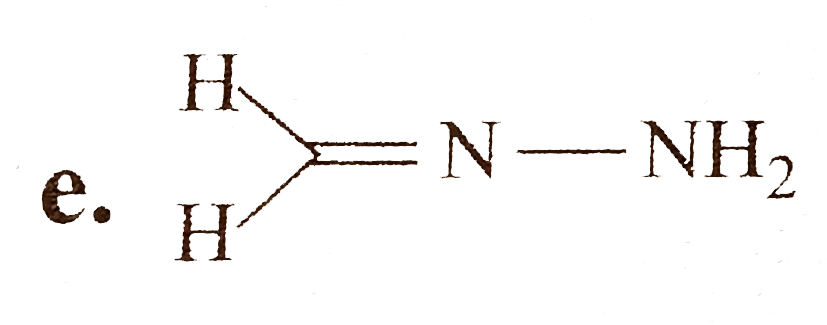
f.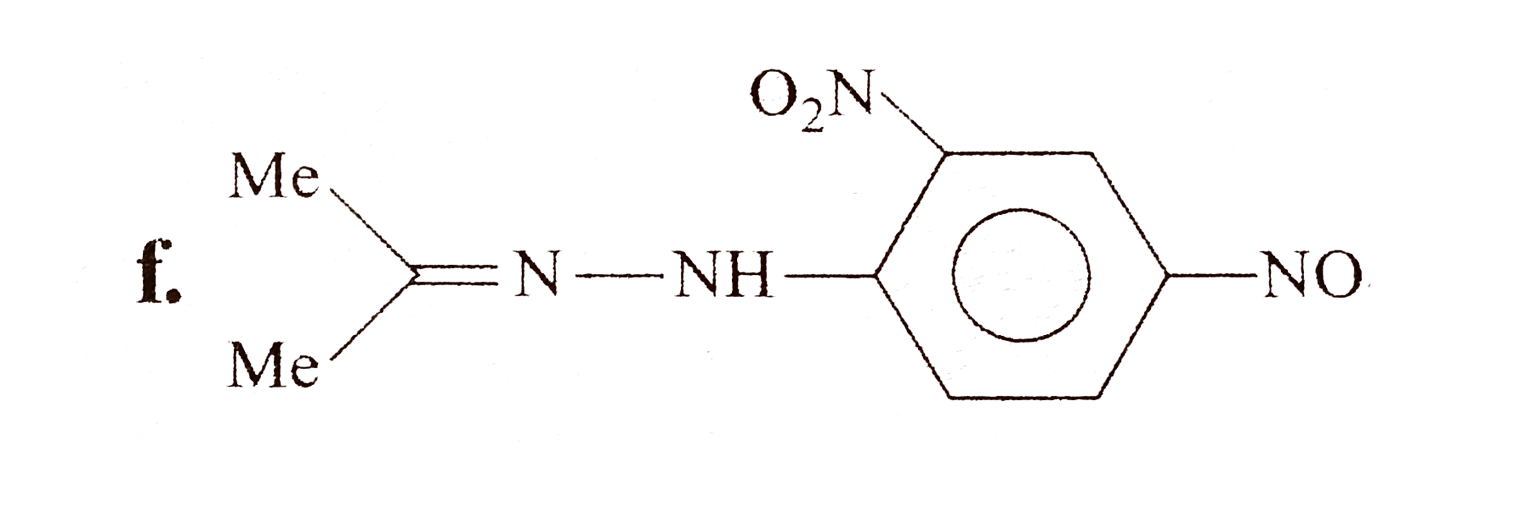
g.
h.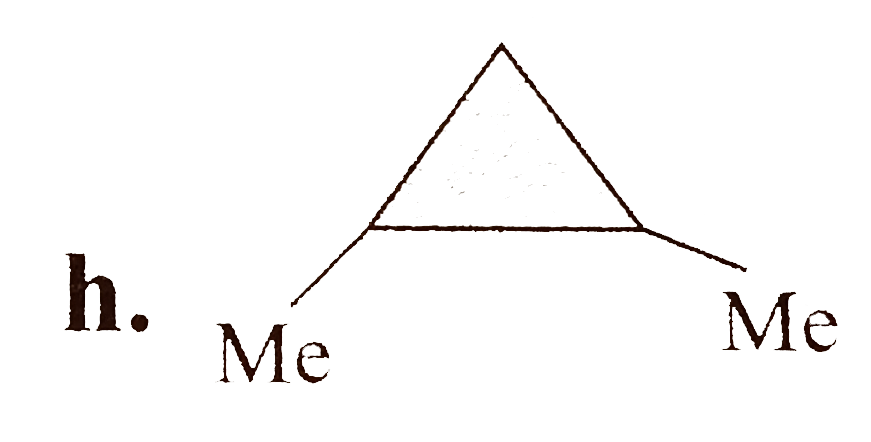
i.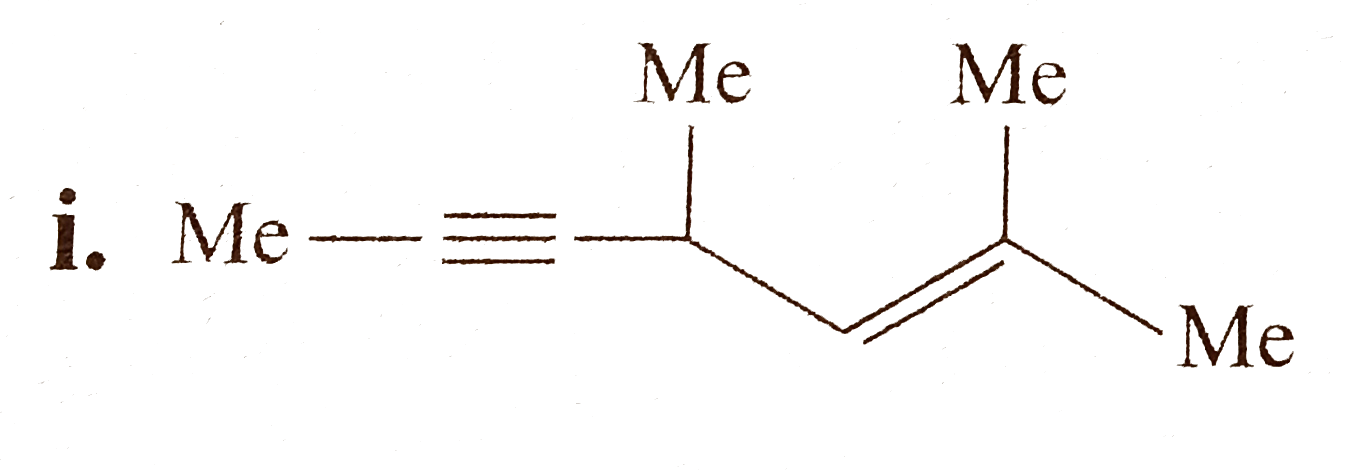
j.
k.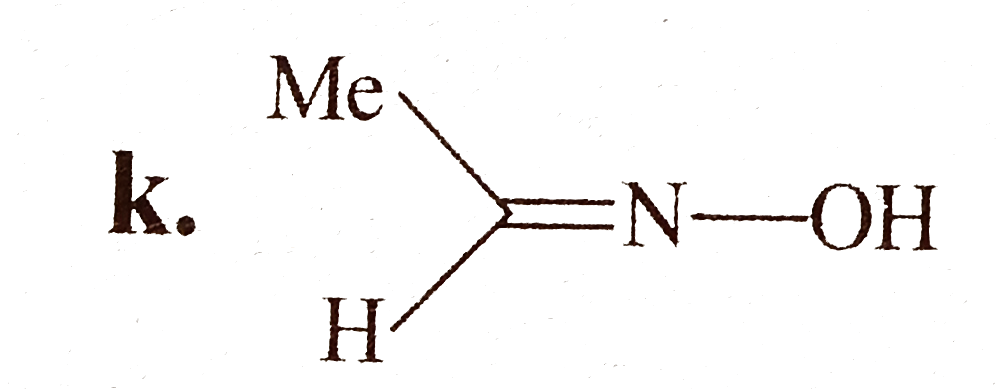
l.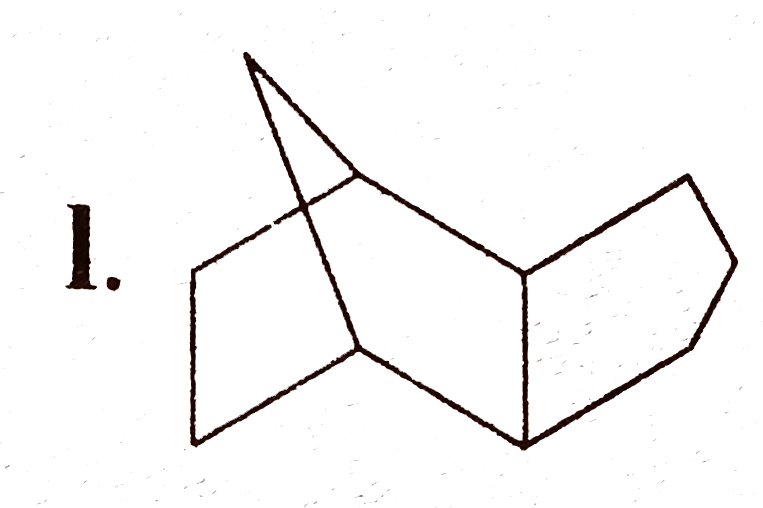
View SolutionWhat should come next in the following letter series ?
H G F E D C B A G F E D C B A F E D C B A ?
1) E
2) G
3) F
4) B
5) None of these
View SolutionWhat should come next in the following letter sequence ?
A B C D E F G H A B C D E F G A B C D E F ?
1) H
2) G
3) A
4) I
5) None of these
View Solution



